Boom Cylinder For Yuchai YC210LC-8
Boom Cylinder For Yuchai YC210LC-8
Product Overview
The Boom Cylinder for Yuchai YC210LC-8 is an essential component in heavy machinery, specifically designed to control the movement of the boom in excavators. This hydraulic cylinder allows the boom to lift, lower, and tilt, facilitating various material handling tasks. As a crucial part of the hydraulic system, the boom cylinder must withstand significant pressures while providing reliable and efficient operation.
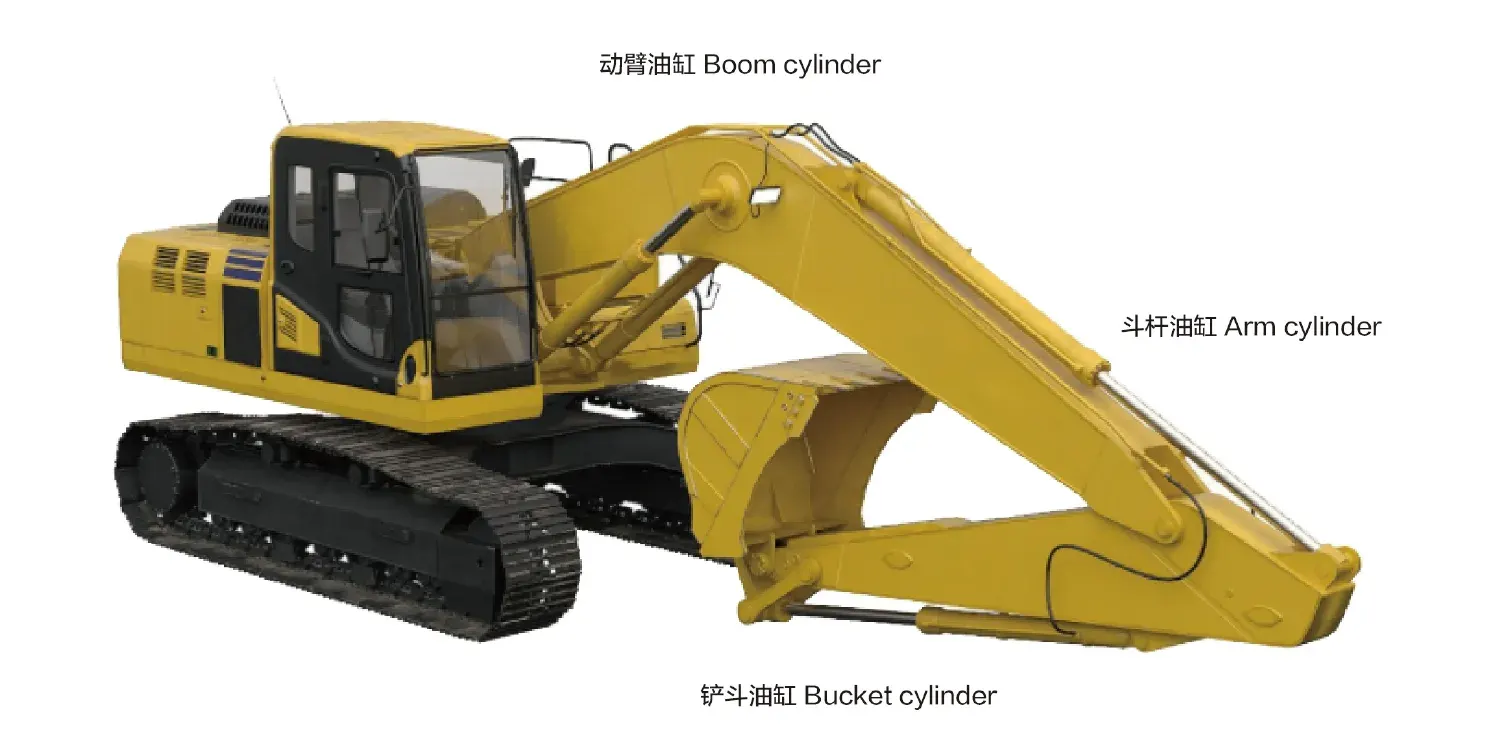
Definition and Functionality
A bucket cylinder is a type of hydraulic cylinder specifically utilized for controlling the motion of buckets in heavy machinery, such as excavators, backhoes, and front loaders. It plays a pivotal role in hydraulic systems by enabling the precise movement required for tasks like digging, lifting, and transporting materials. Its design ensures that it can withstand the demanding conditions of heavy equipment operation, making it vital for optimal performance.
Key Features
- High Strength and Durability: Constructed from high-strength steel or aluminum, this cylinder is capable of enduring high pressure and heavy loads, designed to resist wear and corrosion for extended service life.
- Efficient Hydraulic Operation: Utilizes hydraulic oil pressure to achieve smooth extension and retraction, allowing for quick responsiveness to operator commands and providing significant push and pull force.
- Diverse Types: Available in single-acting (hydraulic pressure in one direction) or double-acting (hydraulic pressure in both directions) options, with certain models designed to be telescopic for greater extension without increasing external size.
- Customizable Solutions: Our products can perfectly replace existing hydraulic cylinders, ensuring compatibility and functionality in varied applications.
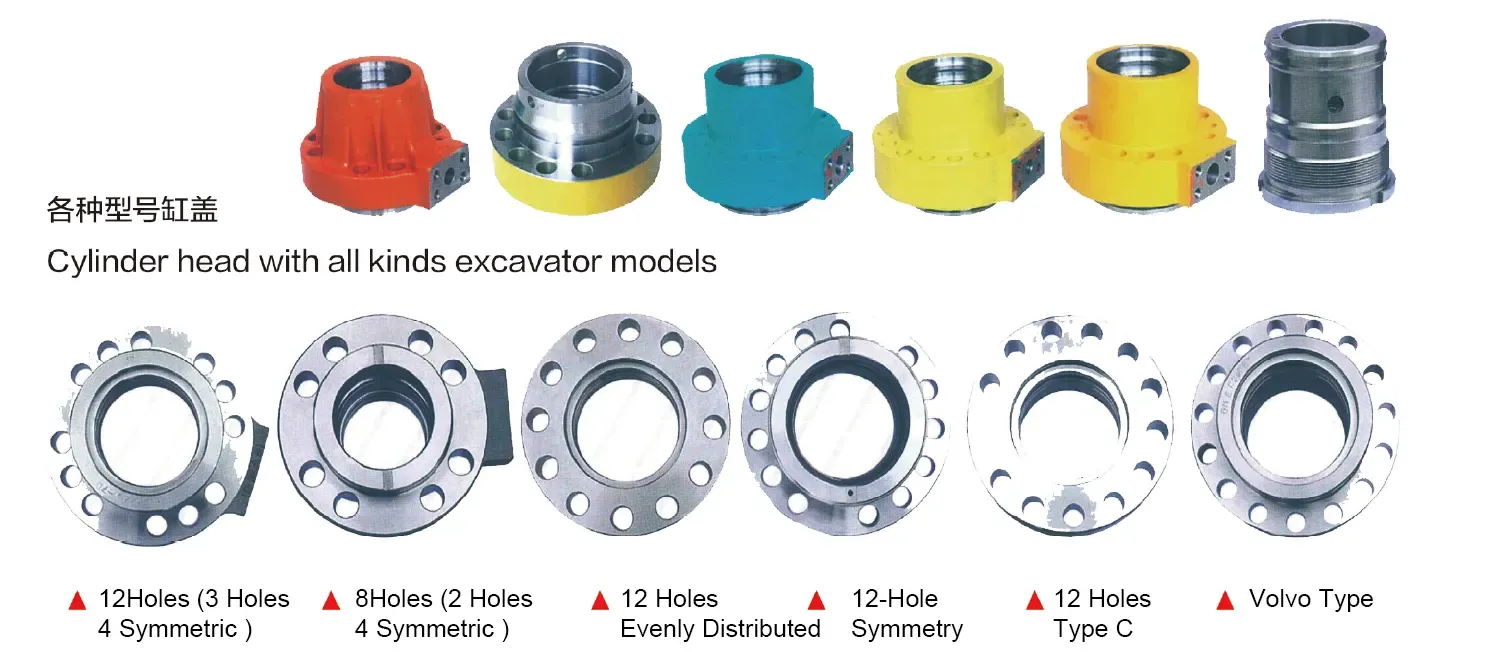
Applications
Construction Equipment
In excavators, the boom cylinder plays a vital role in digging, loading, and moving dirt or debris. It enables the boom to reach significant depths, making it essential for construction projects that require earth moving and site preparation.
Agricultural Machinery
For front-end loaders, the boom cylinder is crucial in scooping, lifting, and transporting soil, hay, and other materials. It allows farmers to efficiently manage their workload and improve productivity on the farm.
Excavators
The bucket cylinder facilitates the digging action by allowing the bucket to penetrate the soil effectively. This capability is fundamental for excavation tasks, ensuring efficient and accurate soil removal.
Loaders
In front loaders, these cylinders assist in lifting and dumping loads efficiently. They provide the necessary force to maneuver heavy materials, enhancing the loader’s operational capacity.
Design Considerations
Load Capacity
The load capacity of the boom cylinder is a critical design factor. It must be designed to handle the maximum load expected during operation without risking failure. Engineers must conduct thorough calculations to determine the appropriate materials and structural integrity for safe operation.
Sealing
Sealing is essential to prevent hydraulic fluid leaks and maintain pressure within the system. High-quality seals must be used to ensure reliability, and they must be designed to endure the operating environment, including temperature variations and exposure to contaminants.
Durability
Durability is a key attribute in the design of hydraulic cylinders. The materials used should withstand wear and tear, especially in harsh working conditions. Factors such as fatigue strength and resistance to corrosion are crucial to ensure a long service life.
Safety Features
Incorporating safety features is vital for protecting operators and machinery. Design considerations may include pressure relief valves and fail-safes that activate in case of system failure, enhancing overall safety during operation.
Maintenance Considerations
Ease of maintenance should be a priority in design. The hydraulic cylinder should allow for straightforward inspections, seal replacements, and fluid refills. A design that facilitates quick maintenance can significantly reduce downtime and improve productivity.

Sealing and Lubrication
Effective sealing is crucial for hydraulic cylinders to function correctly. Various seals, such as piston seals and rod seals, are employed to maintain pressure and prevent leaks. These seals are often made from durable materials like polyurethane and nitrile rubber to resist wear.
The cylinder body and threaded end surfaces undergo fine machining to enhance wear resistance. Regular lubrication with hydraulic oil is necessary to reduce friction and maintain smooth operation, ensuring the longevity of the cylinder.
Regular Inspection and Preventive Maintenance
- Regular Check-ups: Conduct frequent inspections to identify any signs of wear or leakage. Early detection can prevent larger issues from developing.
- Appropriate Lubrication: Ensure that the hydraulic oil is at the correct level and quality. Regularly check and replenish as needed to maintain optimal performance.
- 更换密封件: Schedule routine seal replacements to avoid leaks and maintain efficiency. Timely replacement can save costs associated with maintenance delays and damage.
Installation Guidelines
Proper installation is vital for the boom cylinder’s functionality. Begin by ensuring that all components are clean and free from debris. Align the cylinder correctly with the mounting points, and use appropriate mounting brackets to secure it firmly.
Follow the manufacturer’s specifications for torque requirements on fastening components. After installation, check for any hydraulic leaks and ensure that the cylinder operates smoothly through its full range of motion.
Common Maintenance Tasks
- Regular Inspections: Scheduled inspections help identify wear and potential issues before they escalate. Look for signs of leakage, unusual noises, or performance inconsistencies.
- Correct Lubrication: Maintain a proper lubrication schedule, using the recommended hydraulic oil type. Proper lubrication minimizes wear and ensures efficient operation.
- 更换密封件: Monitor seal integrity and replace them as necessary. Worn seals can lead to leaks and reduced efficiency, impacting machine performance.
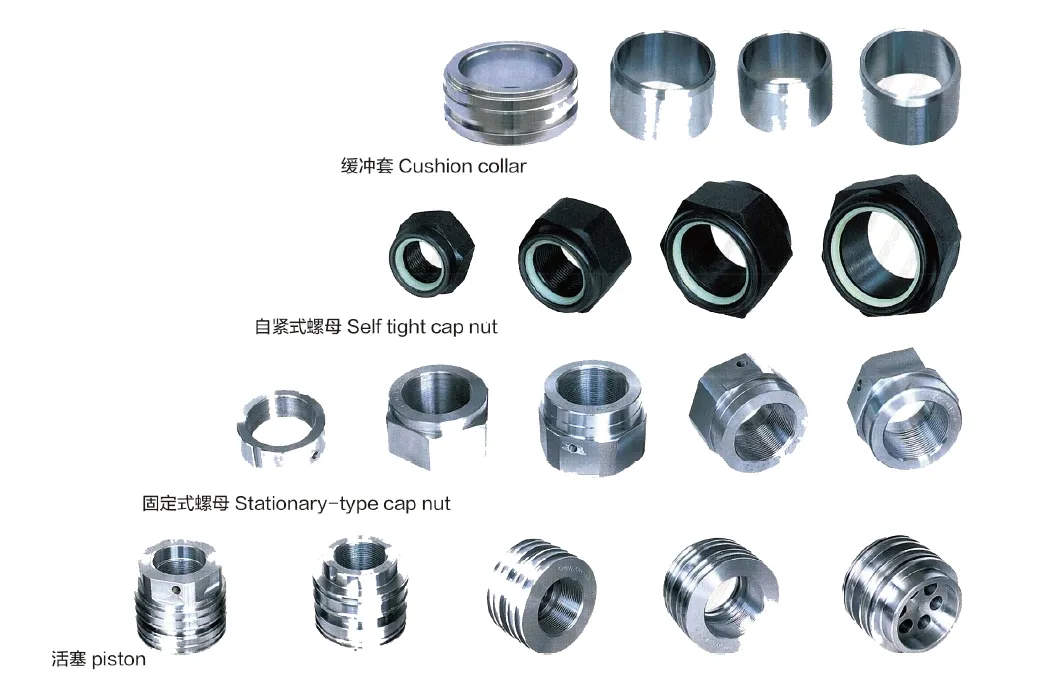
Safety Considerations and Environmental Factors
When using hydraulic cylinders, adhering to safety measures is paramount. Ensure that operators are trained in proper handling and operational procedures to prevent accidents. Regular safety audits can identify potential hazards related to hydraulic systems.
Fault Diagnosis and Common Issues
- Hydraulic Fluid Leaks: Leaks may occur due to worn seals or improper installation. Regular checks and timely seal replacements can help mitigate this issue.
- Unresponsive Cylinder: If the cylinder does not respond to commands, check the hydraulic fluid levels and ensure there are no blockages in the system.
- Excessive Noise: Unusual noises may indicate internal wear or air in the system. Investigate and address these concerns promptly.
Troubleshooting Tips
For effective troubleshooting, start by verifying the hydraulic fluid level and checking for leaks. Address any identified issues, such as replacing faulty seals or addressing blockages in the system. Consider implementing preventive measures like regular maintenance schedules to minimize the occurrence of these issues.
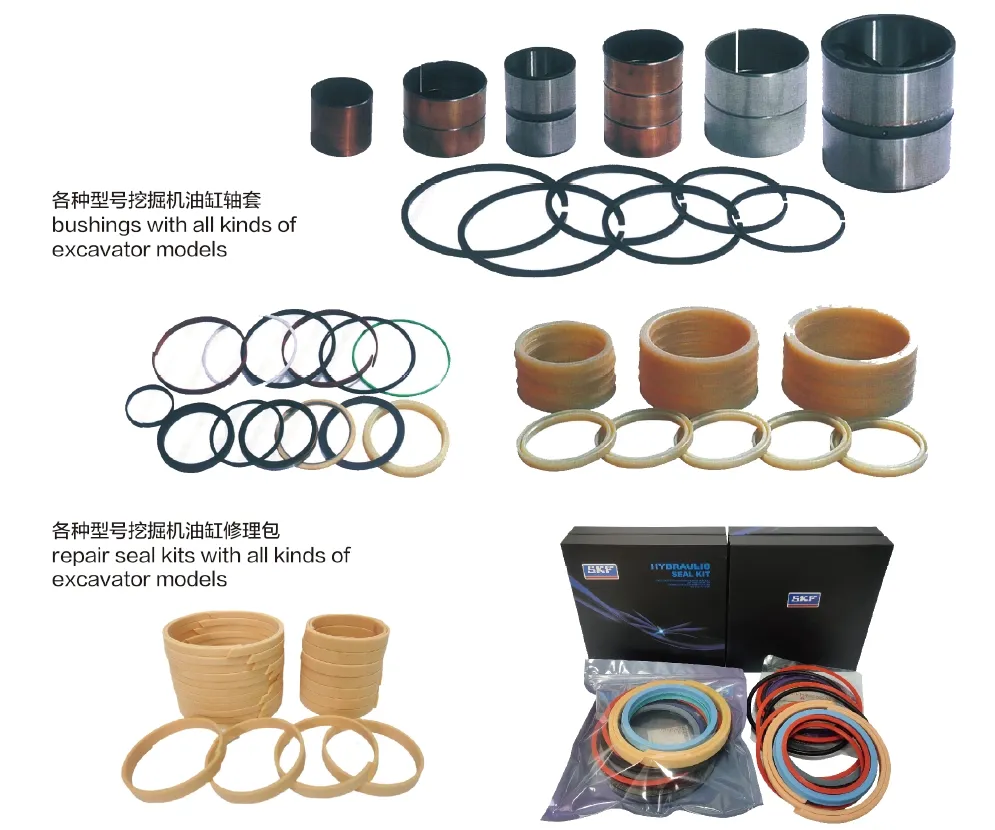
Company Overview
We are manufacturers of replacement hydraulic cylinders, boasting a comprehensive range of products to become one of the leading manufacturers and wholesalers in both domestic and international markets. Our commitment to excellence is rooted in a refined manufacturing management strategy, leveraging skilled personnel, advanced digital manufacturing equipment, and specialized testing systems.
Our production platform continually improves, enhancing product quality and catering to diverse customer needs through high efficiency, precision, and quality.
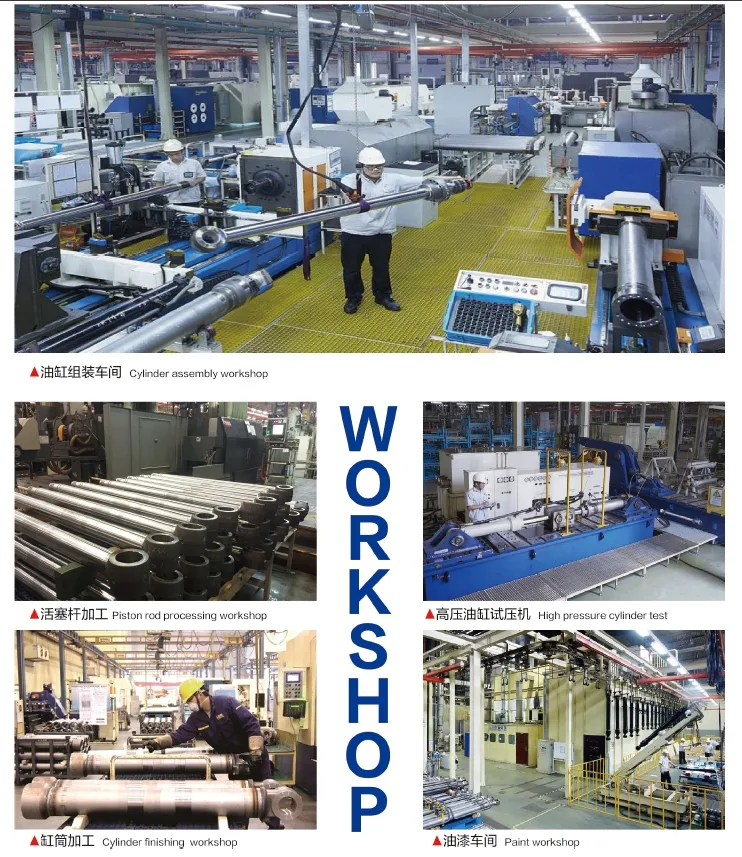
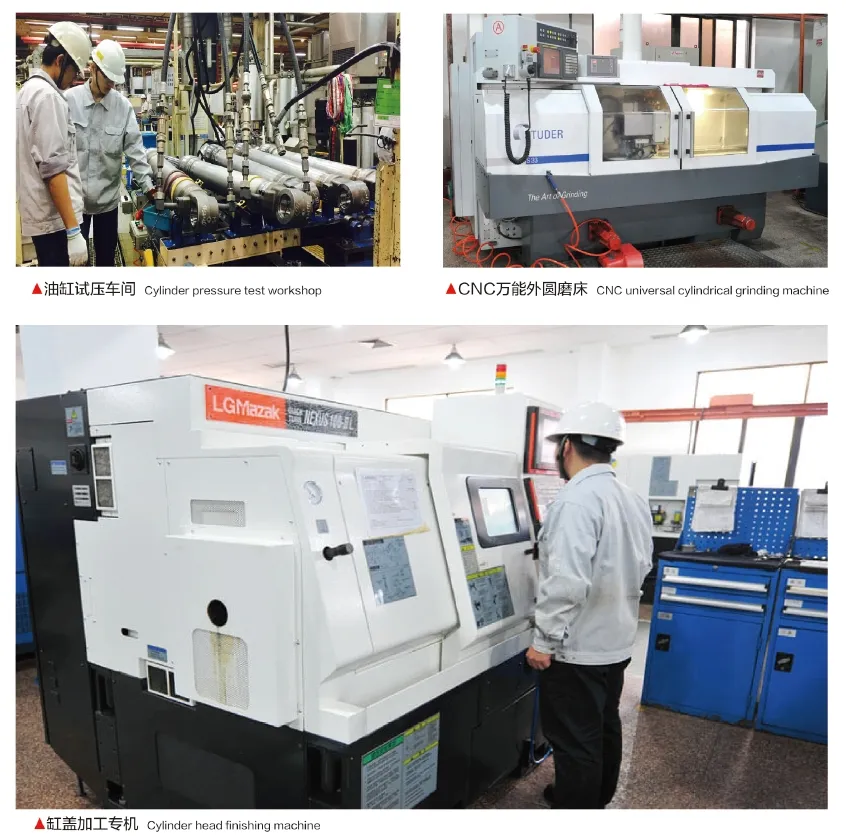
Our strengths include expertise in hydraulic systems, international certifications, custom services, state-of-the-art production equipment, and responsive after-sales service.
Author: lyl
参观我们的 VR 工厂
通过以下方式参观我们的 VR 工厂
液压缸应用:


